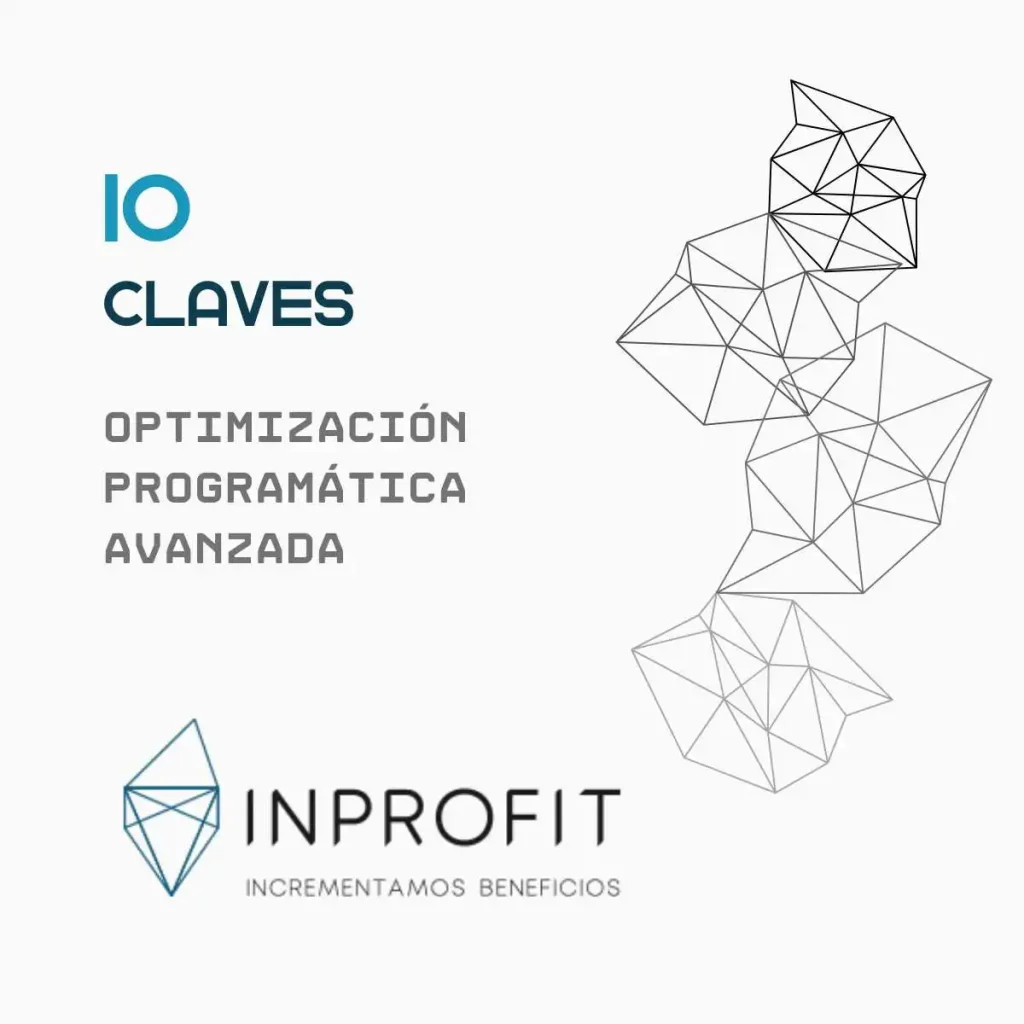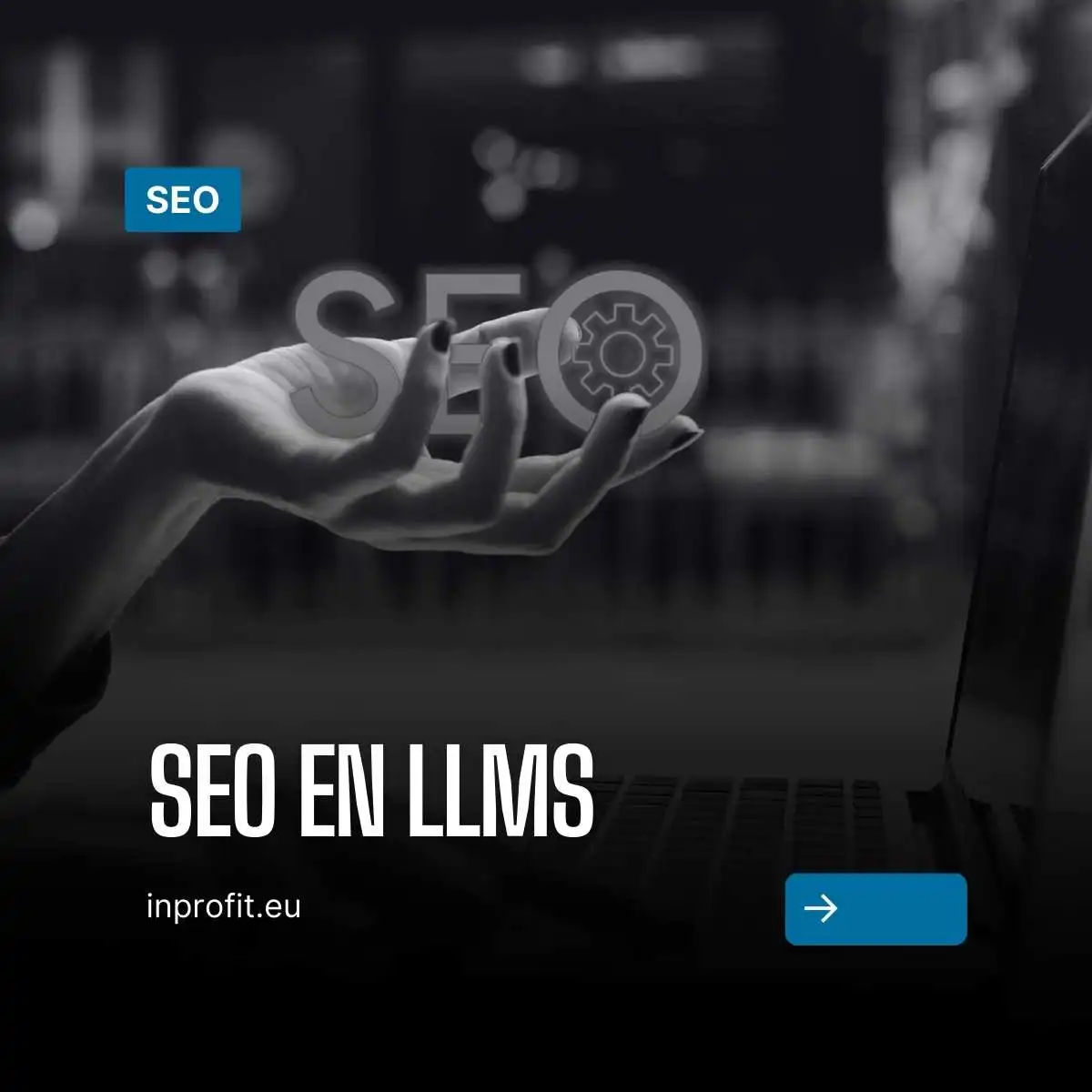Programmatic campaigns have transformed the way brands invest in digital advertising, enabling precise targeting and real-time optimization. However, despite programmatic buying being highly efficient, many strategies do not reach their full potential because the same conventional tactics that appear in every manual are applied.
The 10 keys to programmatic optimization in advertising
To really stand out in this competitive ecosystem, it requires a deeper understanding and strategies that only an expert with years of experience can apply. Below, we explore 10 advanced keys that will help you optimize your programmatic campaigns beyond the conventional.
1. Exploitation of layered attribution models.
Most advertisers still rely on traditional attribution models such as last-click or first-touch, but true optimization comes by applying layered attribution models. How to do it?
- Combine data-driven attribution with heuristic methods to gain a more holistic view of the customer journey.
- Use Bayesian models to adjust weights at each touch point and understand what really drives conversion.
- Experiment with differential attribution by programmatic channel, as each has different impacts on conversions.
2. Maximizing Bid Shading in First-Price Auctions
With the transition of many platforms to first-price auctions, bid shading has become a key tool to avoid overpaying. But there is an advanced way to take advantage of it:
- Set dynamic bid shading thresholds based on inventory and historical conversion rates.
- Use customized algorithms that adjust bids not only based on competition, but also based on real-time contextual signals.
- Implement A/B testing in bid shading with different levels of aggressiveness to find the sweet spot.
3. Identification of non-conventional audience clusters
Instead of relying exclusively on audiences predefined by DSP platforms, you can find high-potential micro-segments using advanced clustering:
- It uses unsupervised clustering models, such as K-Means or DBSCAN, to discover hidden patterns in behavioral data.
- It analyzes secondary signals, such as time spent on previous ads or interaction cadence on different devices.
- It leverages cross-cutting audiences, such as those who interact with premium content but have not been considered by standard DSP segments.
4. Activation of hybrid advertising between RTB and Private Marketplaces (PMPs).
Brands often choose between RTB (open auction) and PMPs, but a hybrid strategy offers superior advantages:
- Use RTB for prospecting traffic and PMPs to ensure quality in retargeting.
- Implements flexible inventory segmentation, switching from RTBs to PMPs based on the performance of each site or category.
- Create dynamic rules to bid more on PMPs when RTB competition intensifies.
5. Predictive models to anticipate CPMs and adjust Bids in real time.
The volatility of CPMs affects the profitability of campaigns. The key is to anticipate rather than react:
- Train a machine learning model that predicts CPM fluctuations based on seasonality, demand and competition.
- Adjusts bids in real time based on the forecast, maximizing spending efficiency.
- Use historical data on impressions and conversion rates to feed the model and make it more accurate over time.
6. Creation of advertising message sequences
It is not enough to show relevant ads; the message must evolve with the user:
- It implements dynamic creative sequencing, where the content changes according to the stage of the funnel in which the user is.
- Uses engagement-based automation, displaying ads with different levels of aggressiveness based on previous interaction.
- Adjust ad formats and frequency based on the user’s emotional response detected with AI.
7. Frequency optimization based on ROI, not on impressions
Many programmatic campaigns follow capping strategies based on fixed impressions. This is a mistake. A better practice is to adjust the frequency based on actual ROI:
- Calculates the diminishing return point, the point where more impressions no longer generate additional value.
- Use dynamic adjustment rules to redistribute investment from overexposed audiences to new users without impacting conversion.
- It considers emotional and contextual factors, limiting exposure in certain time slots or devices.
8. Native advertising with proprietary recommendation algorithms
Native advertising is powerful, but standard algorithms do not always generate the best performance. Implement your own recommendation model:
- Uses navigation data and machine learning to personalize native ads in real time.
- Integrates recommendation engine APIs so that ads dynamically adapt to the content consumed by the user.
- Experiment with interactive content formats to improve retention and conversion.
9. Optimization based on inventory quality
Not all programmatic inventory has the same value. Beyond price, it is key to measure the actual quality of the inventory:
- Use engagement metrics such as scroll depth and dwell time instead of just CTR or CPM.
- Implement a site scoring system based on previous conversions and not only on traffic.
- Make sure that the chosen inventory complies with viewability and brand safety standards.
10. Experimentation with AI-based generative creatives
Programmatic campaigns rely on quality content, but few take advantage of automatic creative generation:
- Uses generative AI to produce creative variations in real time based on performance.
- Personalize ads with messages dynamically tailored to each audience segment.
- A/B tests visual elements and copy continuously without manual intervention.
Hyper-localization of programmatic audiences
Hyper-localization has become a key enabler for high-impact programmatic campaigns. Instead of relying on broad targeting alone, brands can leverage real-time location data to personalize the advertising experience. By combining geolocation with artificial intelligence, it is possible to predict user behavior based on their mobility and daily routines. This makes it possible to generate ultra-personalized ads that appear at the exact moment when the user is most likely to convert.
In addition, hyper-localization in programmatic goes beyond simple geographic targeting. Advanced strategies include activating campaigns based on live events, dynamic ads that change based on weather conditions, and using real-time traffic data to impact users in strategic locations. This is especially useful for physical stores, where a well-targeted campaign can attract customers close to the point of sale at just the right time, maximizing the ROI of the advertising investment.
Conclusion
Optimizing programmatic advertising is not just about following standard manuals, but implementing advanced strategies that really make a difference. From personalized attribution models to integrating native advertising with AI, brands that apply these tactics gain a distinct competitive advantage in the digital ecosystem. The key is experimentation, data analysis and implementation of cutting-edge technology to maximize ROI.
If you want to take your programmatic campaigns to the next level and ensure that every euro invested translates into tangible results, at Inprofit we have a team of digital advertising experts who can help you design customized and optimized strategies. Contact us today and find out how we can boost the profitability of your advertising investment.




